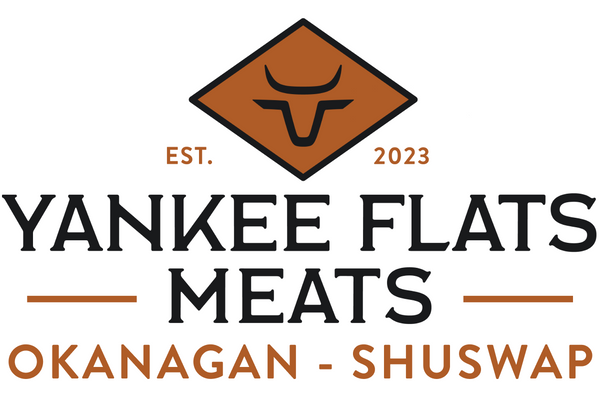Marbling refers to the delicate network of fat interspersed within the lean muscle tissue of a cut of beef. This intricate web of fat serves as a culinary treasure map, guiding chefs and enthusiasts to the most flavourful cuts of meat. The fat within marbling is primarily composed of flavor-rich triglycerides and is distinct from external fat or the layer of fat commonly found around the edges of meat cuts.
This fat embedded within the muscle tissue of beef carries an abundance of taste-enhancing compounds. As the beef cooks, this intramuscular fat slowly renders, infusing the meat with a delightful combination of savory, buttery, and umami notes. It's the marbling that imparts that unforgettable, mouthwatering richness to every bite of a well-prepared steak or roast.
Marbling also plays a pivotal role in the tenderness of beef. Fat is inherently softer and more delicate than muscle tissue. As it melts during cooking, it lubricates the meat, preventing it from becoming dry or tough. This natural self-basting effect contributes to the melt-in-your-mouth sensation that marbled beef cuts are known for. The tenderloin (where the filet mignon is cut from) is actually relatively low in marbling while still being very tender, but for most cuts more marbling means more tender.
The presence and distribution of marbling are fundamental criteria for grading beef quality. The Canadian Beef Grading Authority employs a grading scale to assess marbling, with categories ranging from "A" to "AAA" and "Prime." The "Prime" designation is reserved for beef with the highest marbling content, making it a prized choice for discerning eaters.
While marbling is celebrated for its flavor and tenderness contributions, achieving the perfect balance of marbling can be an art form. Too much marbling might result in excessive fat, while too little could compromise the desired flavor and texture. Expert butchers and chefs often seek this equilibrium, ensuring that the marbling enhances rather than overwhelms the beef's natural qualities.
At Yankee Flats Meats, our beef comes from local farms in the Shuswap, Thompson, and Okanagan. Most of our beef is grass fed and grain finished, although we do sometimes offer grass fed and grass finished beef. Grain finished beef often has more marbling due to the higher nutrient content during the finishing process, while grass finished beef tends to be leaner with less marbling.
While traditionally the highest degree of marbling has been associated with the highest quality beef, it’s also important to realize that marbling is not necessarily an indicator of the health of the animal. Cows build up fat on grain, but over the long term are healthiest when fed a diet primarily composed of grass. This may result in a leaner cut (although still well-marbled) but come from a healthier animal. And in the end, we think that healthy animals produce the tastiest meat.

